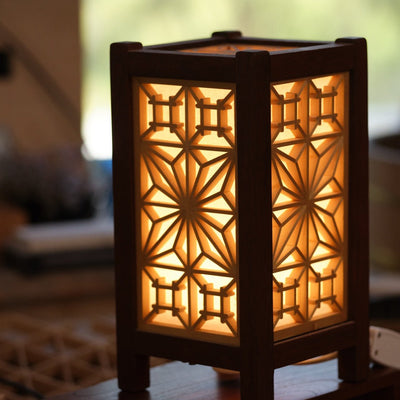Getting the most from your Japanese chisel requires that it be set up and tuned before use. In this first video of a three part series, we set the hoop on a large carpenter's chisel.
Bear in mind that if you own any of our chisels by Musouken, Kamiwaza or Kikuhiromaru, the hoop on your tool has been set at the factory. However, if you own a Bullfighter or chisel by Ouchi san, or almost any other Japanese maker, your chisel's hoop will require setting.
Why Set A Hoop?

Invariably, the most delicate part of a traditional tool is any component that receives striking blows. Craftspeople all over the world realised long ago that reinforcing their timber chisel handles with a metal hoop extended the life of the handle greatly.
In the Japanese toolmaking tradition a great emphasis has been put on this, with hoops appearing upon every chisel designed to receive a striking blow. This allows Japanese woodworkers to use metal hammers while driving chisels without fear of damaging their tools.
Get That Hoop On

Proper fitting of the hoop to the handle requires that the handle be manipulated to allow a snug fit. We prefer to compress the fibres of the handle, as they will expand over time and keep the hoop tightly set.
Mushroom It Over

Mushrooming the fibres of the end of the chisel handle over the hoop protect your hoop from your hammer, and your hammer from your hoop.
With the hoop nicely fitted, it is time to get to work on the back!


